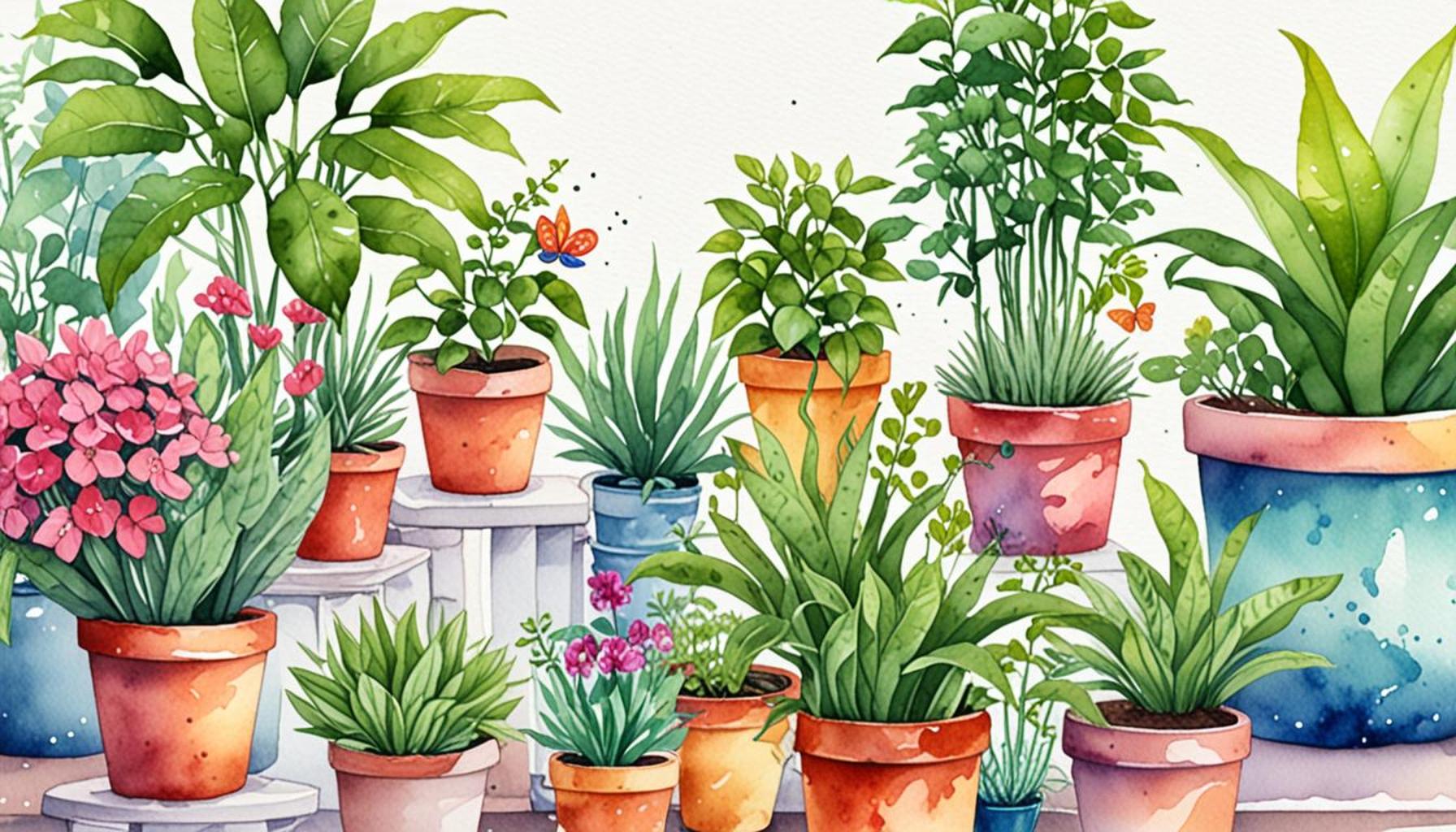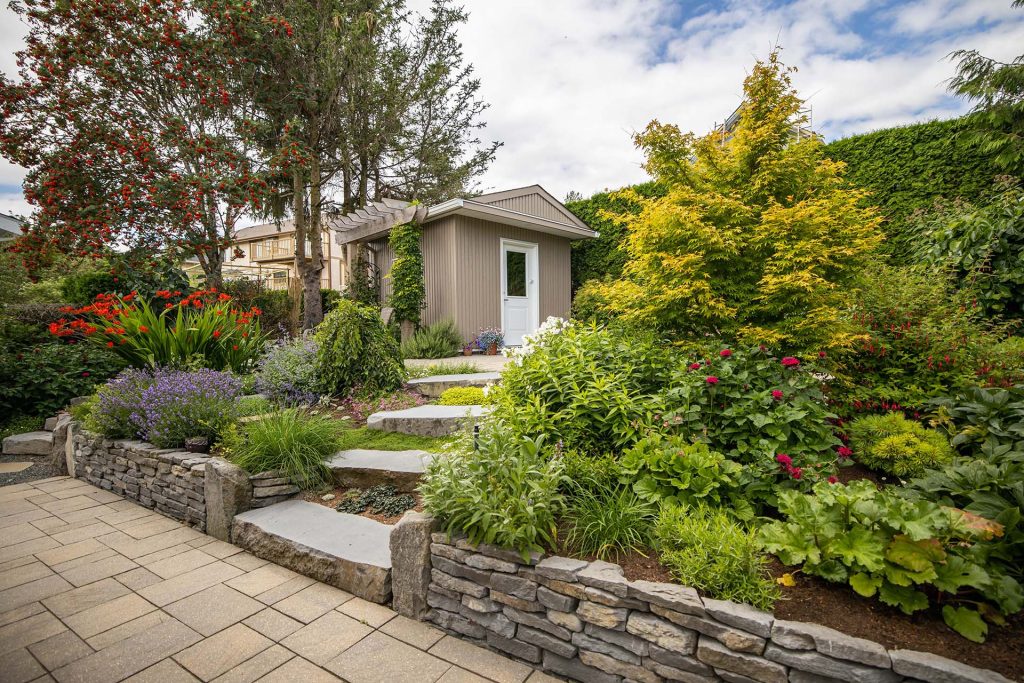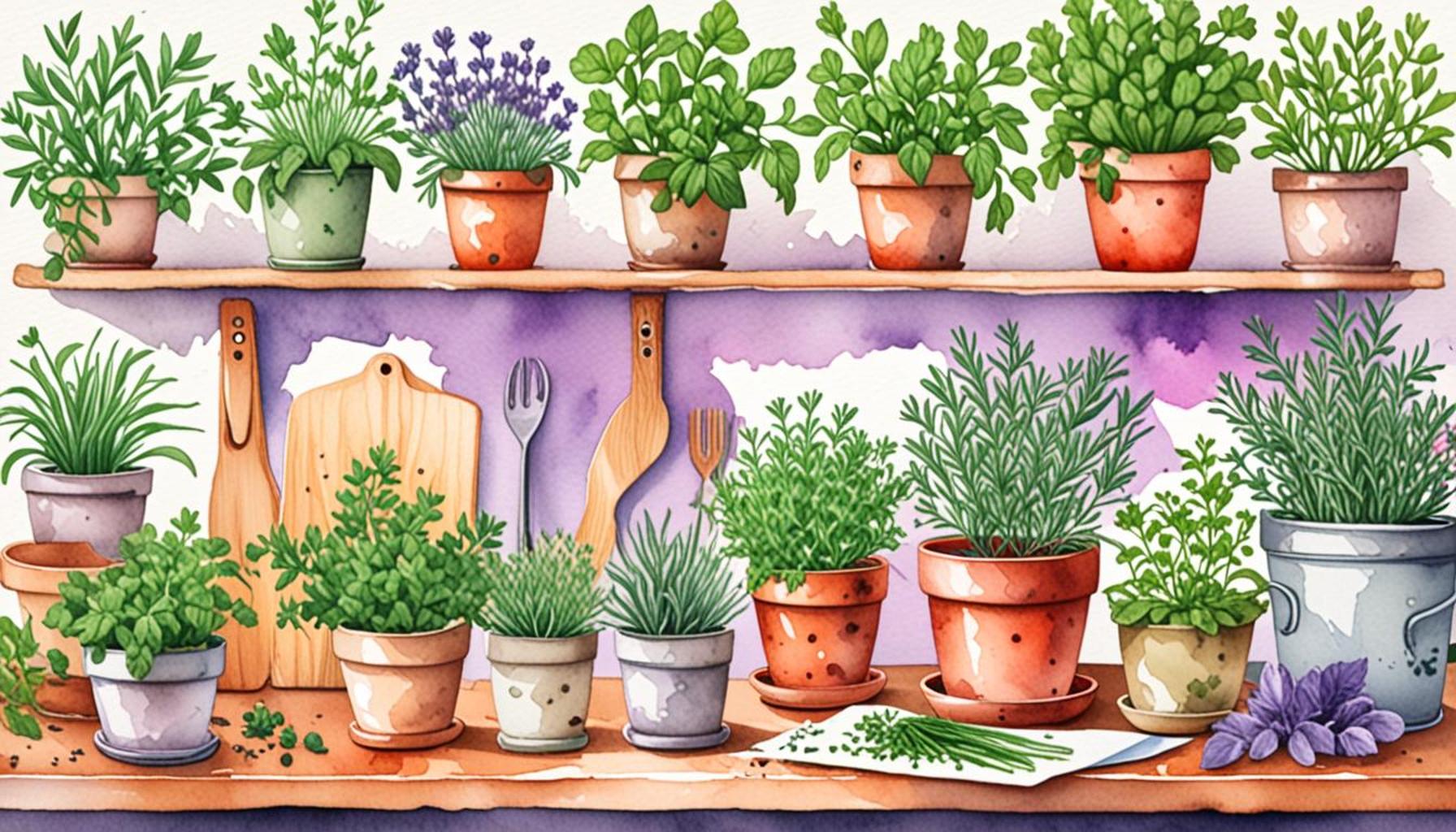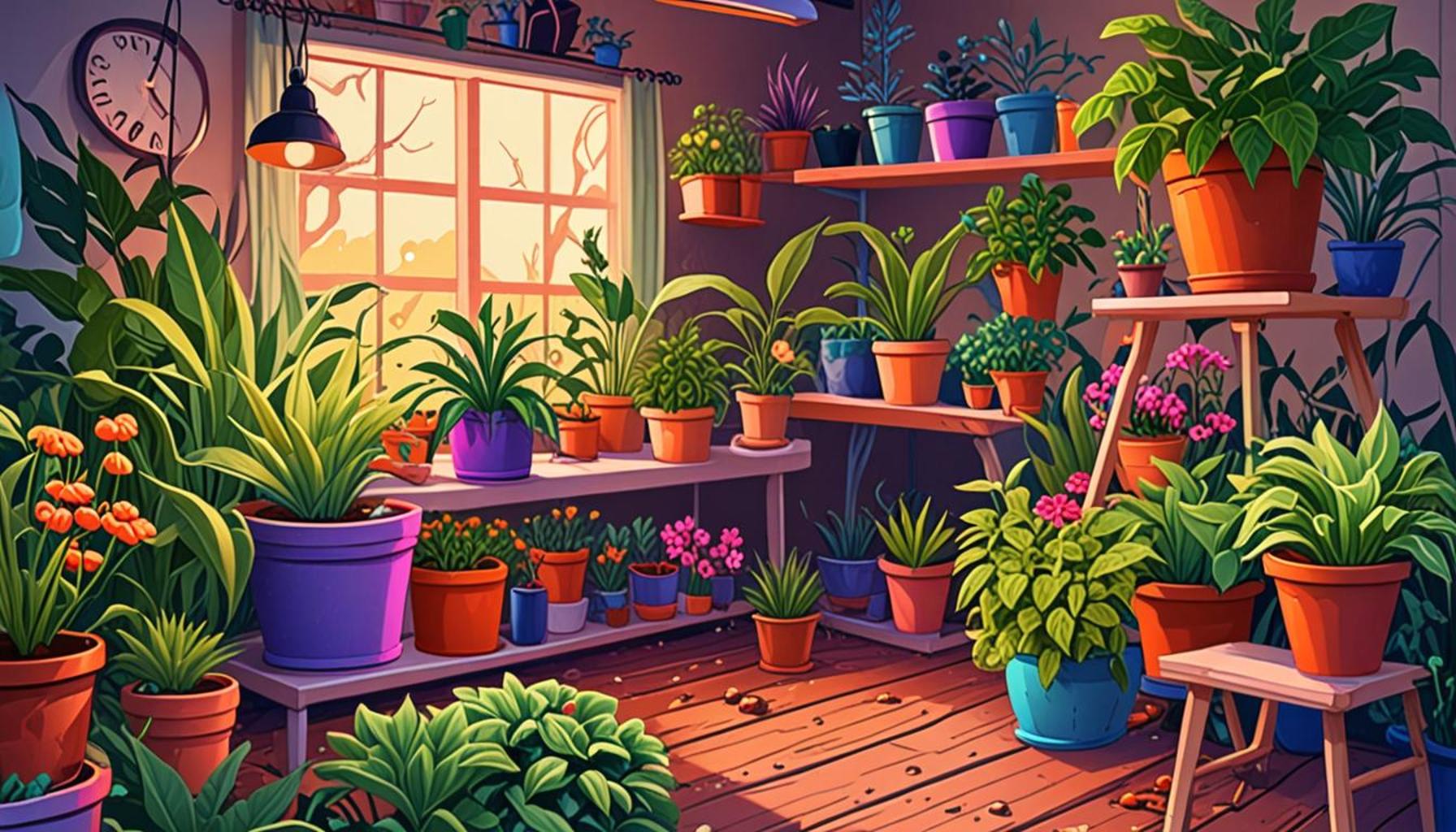Resilient Plants: Best Options for Beginner Gardens in Varied Climates

Embrace the Beauty of Resilient Gardening
Starting a garden can be a rewarding experience for individuals and families alike, especially when you choose resilient plants that flourish in various climatic conditions. Whether you’re in the arid deserts of Arizona or the lush landscapes of the Midwest, selecting the right plants ensures that your garden can withstand fluctuations in weather and environmental stressors.
When considering plants for your beginner garden, it’s essential to know:
- Climate Adaptability: Understanding which plants perform well in specific climates is vital. For instance, plants like agave and lavender are perfect for hot, dry areas due to their ability to store water, while astilbe and hostas thrive in cooler, moist conditions.
- Low Maintenance: Seek out options that require minimal care. Species such as sedum and daylilies are not only beautiful but also incredibly durable, purifying the soil while demanding little more than the occasional watering.
- Pest Resistance: Selecting plants that are less susceptible to pests can save time and effort. For example, marigolds can naturally repel a variety of bugs, protecting neighboring plants and reducing the need for chemical solutions.
In the diverse landscapes of the United States, gardening can present unique challenges. However, certain resilient plants are perfect for:
- Arid regions with low rainfall: In these areas, xeriscaping is popular, featuring drought-tolerant plants such as agave, yucca, and various cacti.
- Humidity and heat in southern areas: Here, italic foliage plants like palms or vibrant bloomers like hibiscus can thrive and add a tropical feel to your garden.
- Cool and temperate climates of the north: In these regions, perennials such as coneflowers and black-eyed Susans not only tolerate cold but also bring striking color to your garden.
Exploring these options enhances your gardening skills while allowing you to create a sustainable space that adapts to varied environmental conditions. When you incorporate resilient plants into your garden, you not only contribute to the local ecosystem but also reduce water usage and the need for fertilizers and pesticides.

As you delve deeper into the fascinating world of gardening, you’ll discover how fundamentally resilient plants can transform your outdoor space into an inviting refuge. Whether you are a novice gardener or looking to refine your skills, cultivating these hardy varieties not only beautifies your surroundings but also proves that with the right choices, anyone can develop a successful, thriving garden.
DISCOVER MORE: Click here to enhance your herb knowledge
Choosing the Right Resilient Plants for Your Climate
As you embark on your gardening journey, understanding the climatic conditions and their impact on plant selection is fundamental to ensuring the success and longevity of your plants. Resilient plants are not just about surviving; they are about thriving and enhancing the beauty of your garden with minimal intervention. The first step is to familiarize yourself with your local climate zone, which can guide you in making informed plant choices that align with the unique features of your area.
In the United States, the USDA Plant Hardiness Zone Map is an invaluable resource. It divides the country into zones based on average annual minimum temperatures, enabling you to pinpoint which plants will grow best under your climatic conditions. Here’s a breakdown of some effective options for resilient plants across different climate zones:
- Zone 1-3 (Cold Climates): In these areas, perennial plants such as sedum, peonies, and daylilies are excellent due to their frost-resistant qualities. They add vibrant color during the blooming season while requiring little maintenance.
- Zone 4-5 (Temperate Climates): Consider coneflowers, black-eyed Susans, and hostas for gardens in these regions. They offer exceptional resilience against pests and thrive with periodic watering, making them ideal for beginners.
- Zone 6-8 (Warm and Humid Climates): Fast-growing plants like monarda (bee balm) and butterfly weed not only attract pollinators but also withstand high humidity. Hibiscus is another colorful option that loves the sun and can tolerate the summer heat.
- Zone 9-11 (Hot and Arid Climates): For those in hotter areas, succulents and cacti are standout options that thrive on minimal water and love the sun. Plants like agave and yucca add an architectural appeal to the landscape.
Additionally, incorporating native plants into your garden is an effective strategy for fostering resilience. Native plants are adapted to the local environment and require less water and maintenance once established. They also attract local wildlife, supporting biodiversity in your area. For example, milkweed is perfect for attracting monarch butterflies, while red-twig dogwood adds stunning winter interest with its vibrant stems.
Ultimately, choosing resilient plants for your beginner garden will create an environment that is both sustainable and beautiful. The process of learning about your local climate and selecting plants suited to your conditions is not just about gardening; it’s about creating a flourishing ecosystem that reflects your commitment to environmental stewardship. With careful planning and a bit of research, your garden can become a thriving oasis that inspires and nurtures both you and the planet.
When embarking on the adventure of gardening, especially for beginners, understanding how to select resilient plants that thrive in various climates can greatly enhance success. Many individuals may overlook the importance of choosing the right plants suited to their environment, leading to frustration and wasted resources. Therefore, knowledge about climate adaptability can empower novice gardeners to cultivate thriving gardens.One important factor to consider is the concept of hardiness zones. These zones are determined by the average minimum winter temperatures in a region, helping you identify which plants are likely to survive and flourish in your specific area. For instance, the USDA Plant Hardiness Zone Map provides a guideline for gardeners across the United States. Familiarizing yourself with your zone can help eliminate guesswork in plant selection, promoting healthier growth and more fruitful gardens.Additionally, selecting drought-resistant plants can significantly benefit those in regions prone to low rainfall. Plants such as sedum, lavender, and agave not only withstand dry spells but also require minimal maintenance, making them perfect for busy beginners. These plants have adaptations, such as thickened stems or leaves, that allow them to conserve water and remain resilient during dry periods.Conversely, for locations that experience high humidity or heavy rainfall, choosing plants that can handle excess moisture is crucial. Native plants, like swamp milkweed and cardinal flower, thrive in these conditions and support local ecosystems. They are also typically more resistant to pests and diseases, reducing the need for chemical interventions and enhancing the sustainability of your garden.In summary, selecting resilient plants that align with your specific climate conditions is key for creating a successful garden. By considering factors such as hardiness zones and water requirements, beginners can make informed choices that will set them up for success. As you explore your gardening journey, consider investigating further into local plant varieties and resources that can provide tailored insights for your area. Choosing the right plants today can lead to a vibrant and robust garden tomorrow.
DISCOVER MORE: Click here for tips on choosing indoor plants
Maintenance Tips for Your Resilient Garden
While the choice of resilient plants is crucial, understanding how to care for them effectively is equally important. The principle of low-maintenance gardening revolves around smart practices that minimize your workload while maximizing plant health. Here are some essential maintenance tips tailored to beginner gardeners, ensuring that your garden not only survives but thrives in varied climates.
Soil Preparation and Nutrient Management
Healthy soil is the foundation of any thriving garden. Begin by testing your soil’s pH levels and nutrient content, as this can inform your planting decisions. Adding organic matter such as compost can improve soil structure, providing essential nutrients for young plants. Additionally, mulching around your plants will help retain moisture and suppress weeds, allowing your resilient plants to establish well.
Watering Wisely
Proper watering techniques are vital, especially for beginner gardeners. For most resilient plants, deep watering less frequently is more beneficial than shallow watering frequently. This encourages roots to grow deeper into the soil, resulting in stronger plants. Consider using a drip irrigation system or soaker hoses, which deliver water directly to the root zone, reducing evaporation and ensuring efficiency.
For those in hot and arid climates, drought-resistant plants like agave and rosemary should be watered only once established, as they are adapted to thrive with minimal moisture. This method not only saves time but also promotes healthy growth while minimizing water usage.
Pest Management the Natural Way
Organic pest management techniques can greatly benefit your resilient garden, contributing to a vibrant ecosystem. Beneficial insects, such as ladybugs and lacewings, help control harmful pests naturally. Planting a variety of flowers, such as marigolds and dill, can attract these helpful insects while repelling common pests.
Moreover, regularly checking your plants for signs of distress or pest infestations will allow you to intervene before serious damage occurs. Establishing a routine of observation is key to maintaining a resilient garden. Use natural remedies like neem oil or insecticidal soap for treatment, which are effective and environmentally friendly options.
Seasonal Care and Plant Rotation
Understanding the seasons and their effects on plant health is crucial for a successful garden. In fall, prepare your garden for winter by adding mulch to insulate the soil and protect roots from freezing temperatures. Conversely, early spring is the perfect time for planting hardy annuals like zinnias and cosmos, which thrive in temperate conditions. Rotating plant types each season encourages biodiversity and reduces the build-up of soil-borne diseases, giving your plants the best chance at survival.
Learning from the Environment
Lastly, being attentive to your local environment can enhance your gardening experience. Align your planting schedules with local weather patterns and seasonal changes. For example, consult local extension services or gardening clubs which often provide critical advice tailored to your specific geographic location, shedding light on best practices for your climate. In this way, you not only enjoy the beauty of your resilient plants but also foster a deeper connection with your local ecosystem.
In conclusion, a beginner gardener can cultivate a resilient, productive garden across various climates with informed decisions and mindful practices. Embrace the adventure and learn through trial-and-error, as every garden is a unique canvas waiting for your creativity.
DISCOVER MORE: Click here to learn about preparing raised bed garden soil
Conclusion: Cultivating Resilience in Your Garden
In the quest to create a flourishing garden, beginner gardeners can confidently embrace the world of resilient plants suited for varied climates. By understanding the unique adaptations of these plants, such as drought resistance in agave or the hardiness of zinnias, you can select options that promise vibrancy with minimal upkeep. The journey doesn’t end at selection; proper care, including thoughtful watering techniques and natural pest management methods, plays an integral role in fostering a healthy garden.
As you cultivate your green space, remember that each season brings new opportunities and challenges. Adapting your strategies with seasonal changes can enhance your plants’ resilience while promoting a dynamic ecosystem in your backyard. Discovering local gardening resources and connecting with fellow gardeners can provide invaluable insights tailored to your environment, ensuring you’re well-equipped to face the unique aspects of your locale.
Ultimately, gardening is not merely about growing plants; it’s an evolving experience that encourages you to learn, adapt, and creatively express yourself. By embracing resilient planting strategies, you can transform your beginner garden into a testament of sustainability and beauty, thriving through each challenge that nature presents. So gather your tools, explore your options, and embark on the fulfilling journey of garden cultivation, where every bloom reflects your dedication and passion.


